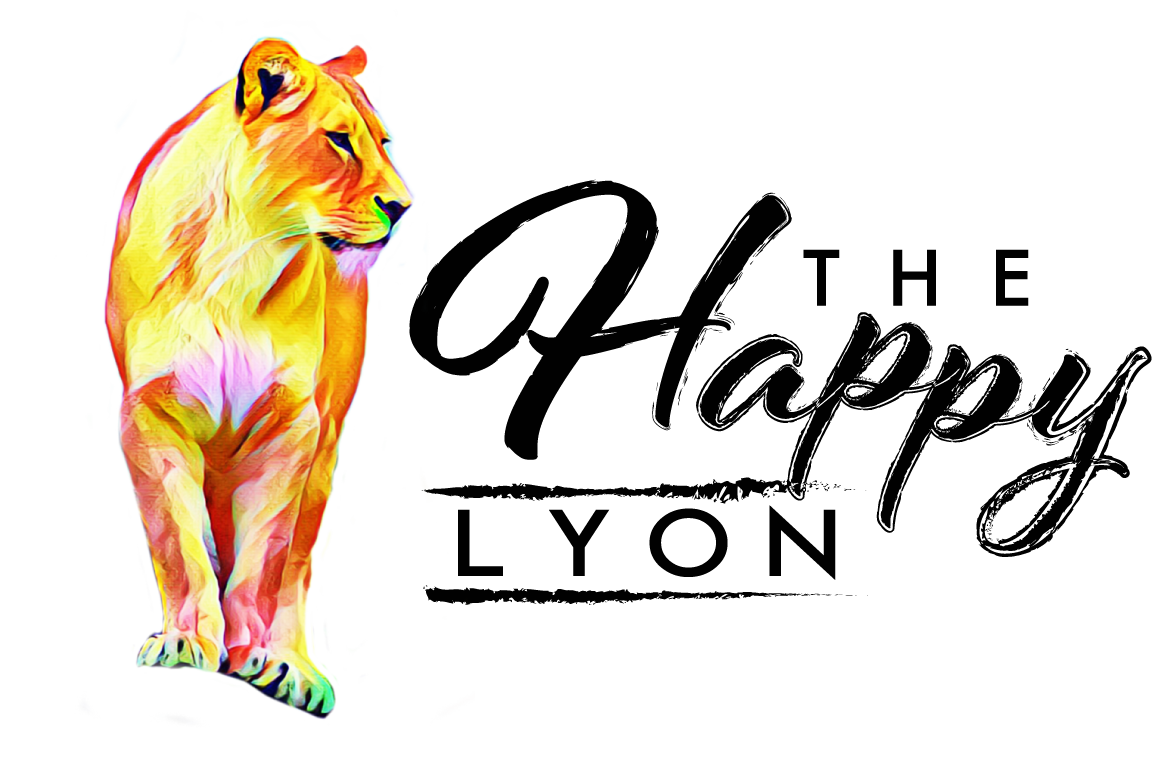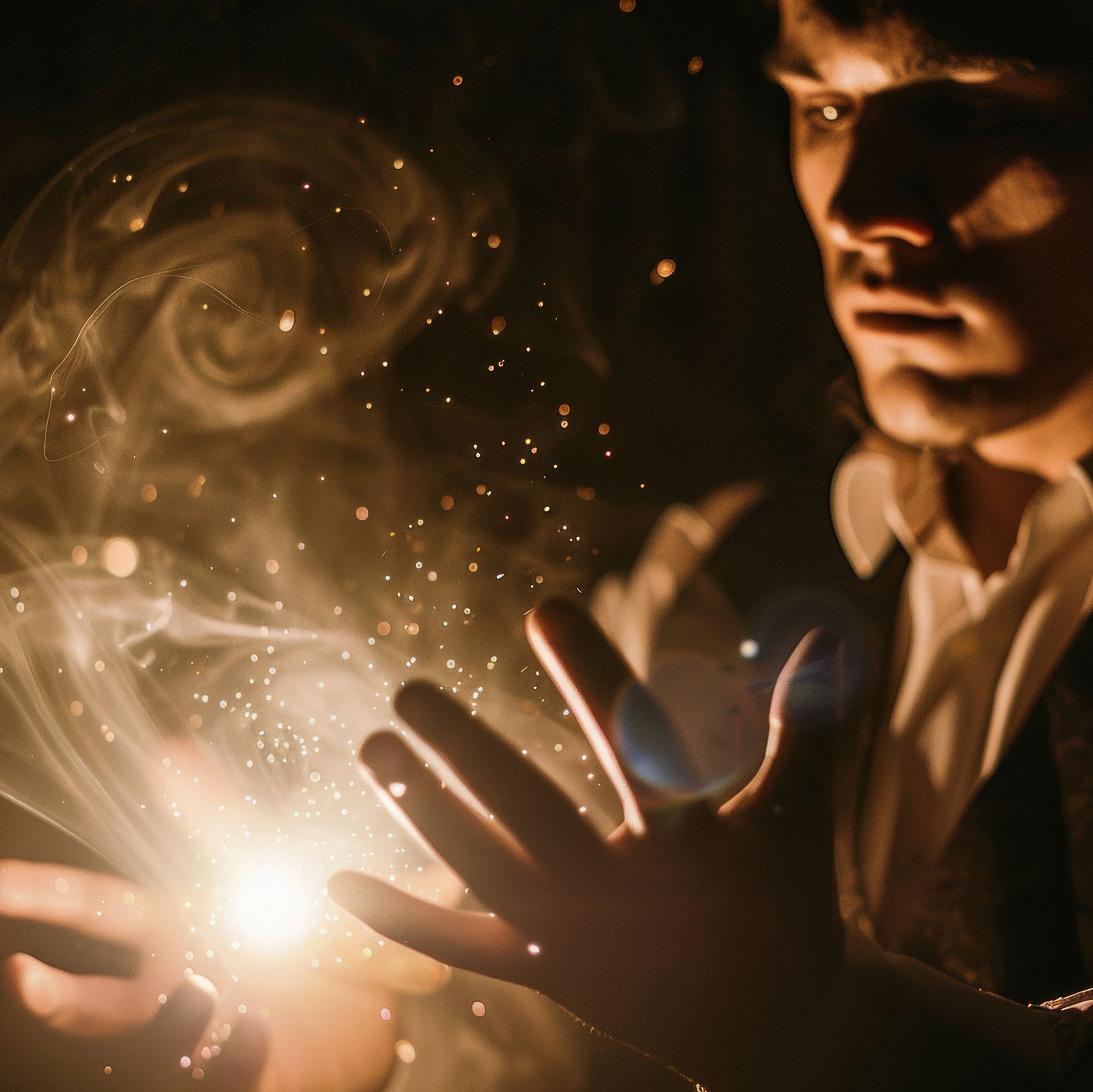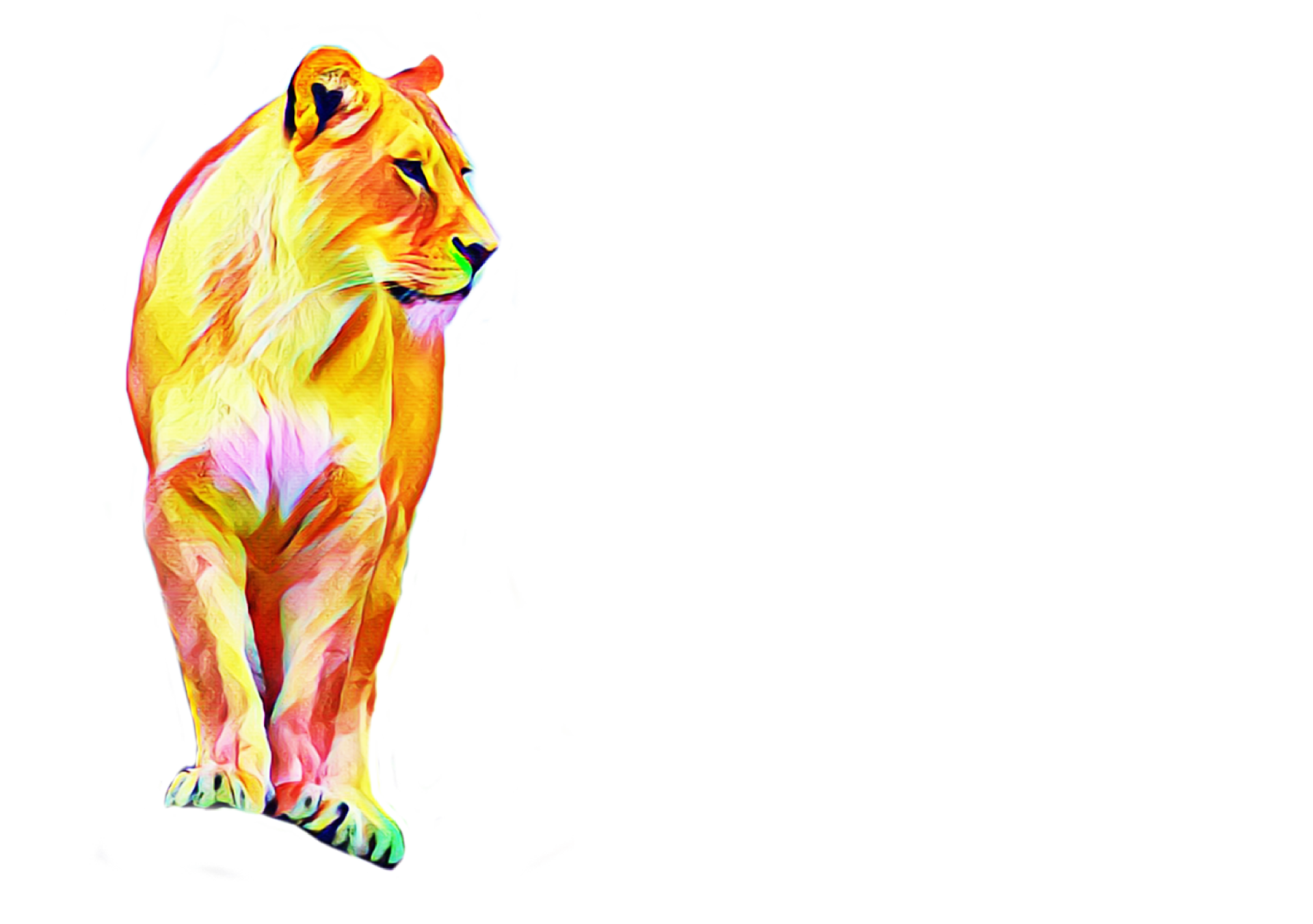Proof of Alignment
WHAT ALIGNMENT FEELS LIKE
"To be clear, it's your feelings in the moment matter the absolute most."

Blaire, her traveling companion and friend Marnie at Scientists, Mystics & Sages Conference in Santa Fe, New Mexico November 2019. Blaire shares her personal introduction to the Heartmath® techniques.
I often find myself repeating some of the same stories over and over to clients, friends and anyone who seems interested. I want to share my personal introduction to Heartmath® with you, because it is one of those stories that keeps getting repeated.
That all familiar feeling.
In November 2019 I attended the Scientists, Mystics & Sages Conference in Santa Fe, New Mexico with about 1200 other attendees. Dr. Gregg Braden was leading a quick HeartMath® technique for all of us, and as he described the experience, for me, it brought back memories of prior (and current) sensations I experience(d) while doing Reiki. The whole seminar felt so familiar on so many levels. I felt this entire trip was a true confirmation of many of my lifelong thoughts, feelings and inclinations.
My traveling companion had a fresh, new perspective on the information presented at the seminar. As she shared her new experience with me, I was reminded of the utter awe and fascination this type of information has on people who are ready to hear it. She was having an entirely new experience, and although had many years with the content, new ah-ha moments abounded for me too. I was (and am) still amazed at many metaphysical, physics, science concepts, but I relished to seeing her experience it for the first time. It's so much fun to experience the comprehension of new concepts that are talked about at these types of events.
As healing facilitators, we had our radars out for is anything that is of practical use for our clients. The Heartmath® Experience/device/technique is a very practical application of many of the concepts we help others implement though services at The Happy Lyon Center.
Physical Proof of Alignment
Dr. Braden introduced us to the Heartmath® Techniques, and frankly the Heartmath® organization as a whole. HeartMath® Technique is a well-researched practice of aligning the electromagnetic waves between your heart and brain. The technique uses a small portable device to measure your heart rate variability (HRV) - how your heart rate changes in real time. This creates a measurement of your heart and brain's coherence.
To understand what heart-brain coherence is, think about a time when you were feeling fine and then an experience happened that caused your heart to 'drop' or begin racing unexpectedly. This device measures such changes, and provides real-time data to show what happening to your heart as you experience such things.
Through decades of research, it has been confirmed that when our heart and brain waves are aligned we do better over all. We heal better, we have better resilience, we are happier, more successful and life is more joyful.
Essentially, using Heartmath® Techiques can help you get to a better life.
I know it sounds like a crazy claim, but it's true. It's all quite simple and follows suit to many of metaphysical concepts.
To write more precisely, it's not really so much about the actual device, or strictly adhering to the specific techniques itself which produces a better life - but
finding better alignment within your body makes life better. Plenty of people learn to get in heart-brain coherence without any device. However, what I personally find helpful about using the device is that you learn what it feels like to be in alignment, and in the process of learning what an optimum state feels like - by practicing over and over - you learn to put yourself in coherence quite easily. If you like that sensation, and are committed to feeling better and having a better life - the device can help you get there faster.
It's as natural as learning to walk.
I liken an experience with Heartmath® Techniques to my experiences learning to play sports. I never seemed to benefit too much from watching myself in the mirror or watching a video of myself playing the sport. Sure, seeing myself do something helped a little, but not as much as connecting my thoughts, physical actions and how I felt (physically and mentally) when I did the action. We learn best by being IN our bodies fully, instead of getting cues from outside stimuli only.
I learned how to hit a softball by remembering what a solid contact felt like - when the ball and bat made contact, but also what state-of-mind I was in when I waiting for the pitch. We all learn at some point, our mental and feeling states impact our ability to perform physically - and I personally learned those lessons really well though playing sports. Although its been years since I've played, I still remember what it feels like in my body to intentionally hit the ball to the right side of the field vs. the left and I think I could do that with relative ease even today.
This is similar to how we learn to ride a bike. We get on, and try. We have emotions, we listen for directions - but mostly we are learning how it FEELS to ride the bike - and specifically connected to what we are doing with our physical bodies when we can get the feeling of 'riding' a bike. As easy as it feels to walk today, it was once a skill we learned through feeling our body, mind and emotions. All of this, as a person who most likely hadn't even yet mastered twenty-five spoken words. Learning to find coherence is completely natural, everyone can do it and anyone who does, benefits from the mastery of it.
The key here is that the device doesn't actually do anything except help you train yourself into learning what a good-feeling state (coherence) feels like. This is especially helpful to people who have gotten out of the habit of feeling good. If there is anything I've learned in the last 45 years, it's that being in the good-feeling state is simply the best **cue Tina Turner please!. EVERYONE wants to and can be there. So, if doing some techniques with that device helps you remember how to get back there, then I say it's a good tool to have!
Learn through interacting
I'm one of those weirdos who likes to test the waters in nearly every subject. I push the boundaries and look to see what happens at the extremes. So, with the Heartmath® equipment, there was no exception.
Through the time I've owned my device I have been known to run it at the most awkward times. So much so, that - "Yep, I just want to see what happens if I try to do the Heartmath® stuff while we do this." has become my quick explanation for anyone questioning why I'm clipping the device on at any given time. Some of the times I've used the device are: watching fireworks, watching a movie, interacting with others, arguing with someone, group & private meditation etc. Some of these times I am intentionally attempting to use it, and some of those times I simply forgot to remove it! Regardless of why and when I've had the device on, I've reaped a lot of good information about how to align my heart and brain .
Feelings matter most
What I've learned most importantly, is our feelings in the moment matter the absolute most. We've heard that over and over. Moms teach us that how we feel in any situation is the most important - is it really any wonder women live longer than men as a whole? Since our feelings have the most impact on how we get into this physical state of coherence it stands to reason:
Learning to let your feelings guide you is one of the healthiest things you can do.
The trouble with this idea lies in our unconscious programming. Part of growing up is developing skill sets, ways of thinking and physical practices which allow us to utilize our brains for processing power for newer, more complex ideas. We don't need to relearn how to brush our teeth or walk everyday like we are toddlers again. We need to solve that problem at work or home and spend much less energy on brushing our teeth.
The downfall of these unconscious patterns come to light when when those unconscious patterns get mixed up with our true feelings and intuitions. The line between what we've heard so many times we start to truly think it ourselves (a belief) - and what we ourselves think, feel and believe becomes very cloudy.
To be clear, it is OUR FEELINGS that make the difference the most.
It's not that we think we can't do something that is the deepest problem, but how we feel about not being able to do something which is at the core of the issue. Thoughts very much matter, but its mostly because thoughts are often a result of feelings we have.
The key to lasting change is to intercept and be aware of what the feeling is, before it turns to thoughts, and thoughts into actions. Essentially all of the work I've done in my life has lead me to this conclusion, but each time I learn something new, it points to the same result. Feelings are the first, fastest, most effective line of communication. Repressing or denying those feelings is nothing short of detrimental to forward movement. HeartMath® techniques are just a very clinical, western method of creating data to confirm this - but its pretty awesome if I do say so myself!
To give you a very personal example of how I began to come to these conclusions,
read about my first experience using the HeartMath® devices.
Have a question?
We’re here to help. Send me a message and I’ll get be in touch.







